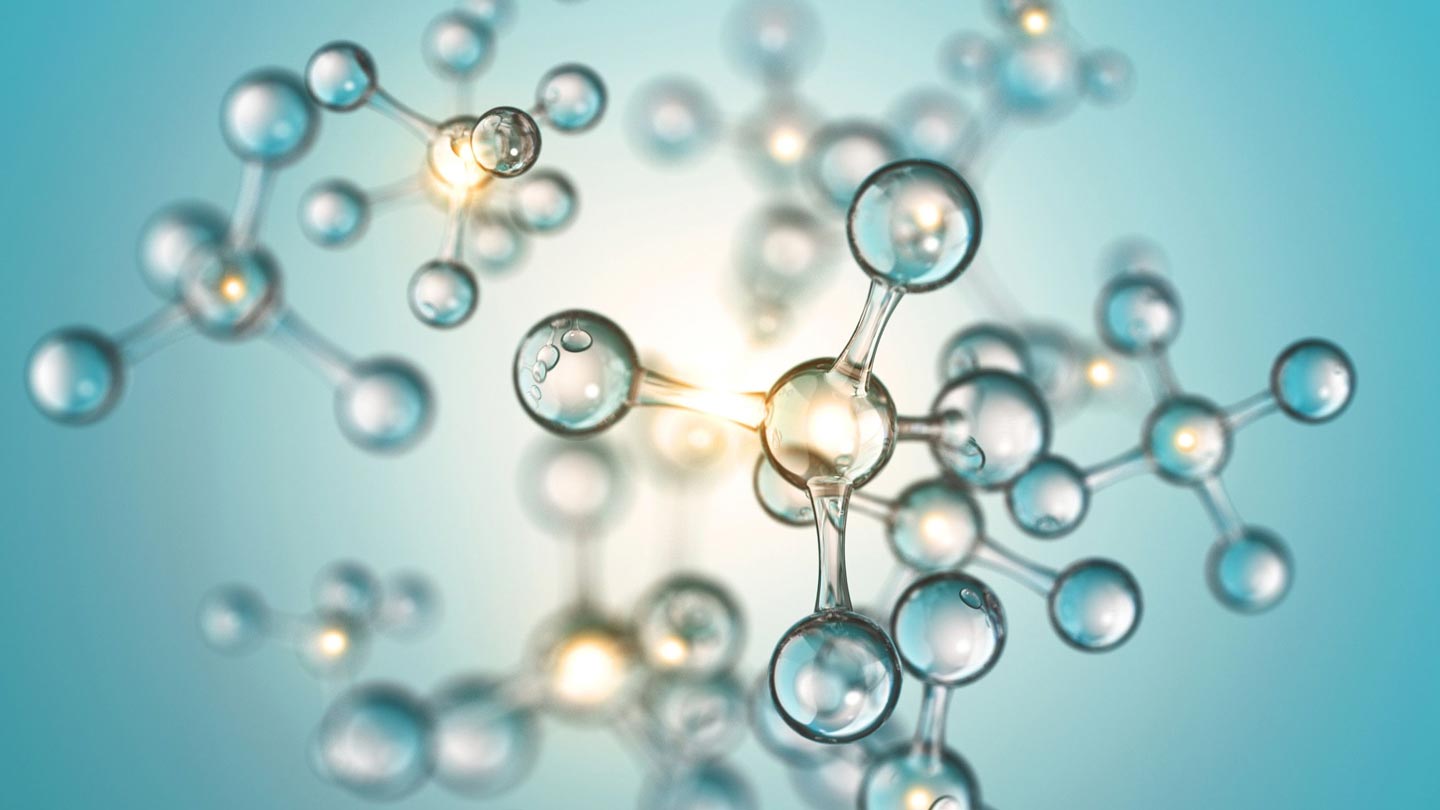No “Universal” Flame Retardants
Manufacturers include specific flame retardants in their products based on the product’s attributes, properties, use, and potential ignition threats. Product manufacturers use flame retardants to protect materials from igniting.
The term “flame retardant” refers to a function, not a distinct family of chemicals. Many different chemistries, with different properties and molecular structures, act as flame retardants.
A variety of flame retardants are necessary because materials and products that need to be made fire-resistant are chemically and physically different and have different uses and performance requirements.
Flame retardants are generally classified by their chemical makeup.
The most common flame retardant classes include:
Halogenated
Also referred to as HALOGENATED FLAME RETARDANTS, organohalogen flame retardants are a diverse class of substances that are characterized by having at least one carbon atom bound to a halogen atom, most commonly chlorine or bromine.
Organohalogen flame retardants are used to protect many different types of plastics and textiles.
Chlorine
Most people are aware of chlorine use in cleaning products, or as a disinfectant in swimming pools. However, chlorine also has properties that make it valuable in the fight against fire.
Chlorinated paraffins and chlorinated phosphates are used to prevent a whole range of materials from catching fire, including leather, paints and coatings, rubbers, textiles, foam fillings for furniture, and other materials.
It is also due to its chlorine content that polyvinylchloride (PVC) has some intrinsic fire-resistant properties.
Bromine
Bromine, like chlorine, fluorine, and iodine, is one of the elements in the chemical group known as halogens. The word halogen derives from Greek, meaning ‘salt-former’, because these elements are commonly found in nature, in the form of natural salts. For example, sodium chloride or table salt, is the most common halogen salt. The most recoverable form of bromine is from soluble salts found in seawater, salt lakes, inland seas, and brine wells.
A common use of bromine is in making flame retardants. Due to its unique chemical interaction with the combustion process, bromine is an extremely efficient element, meaning that a relatively small amount is needed to achieve fire resistance.
Brominated flame retardants are used to protect a wide variety of products.
Tetrabromobisphenol A (TBBPA)
TBBPA is an organohalogen flame retardant commonly used as a raw material in the manufacture of printed circuit boards and in the plastic casings around electrical and electronic components.
Phosphorus-Based
Phosphorus is used to produce liquid and solid organic or inorganic flame retardants, which are extensively used in polyurethane foams to make fire resistant furniture, mattresses, and thermal insulation materials.
Phosphorous is also commonly used in intumescent or fire resistant coatings, as well as in flexible polyvinylchloride (PVC), which is employed as insulation for electric cables.
It is also applied in electronics and in high temperature plastics used for manufacturing switches, connectors, and in certain less flammable plastics used for casings.
Nitrogen Based
Nitrogen is the largest single constituent of the earth’s atmosphere and is present in all living organisms.
Nitrogen compounds comprise a relatively small group of flame retardants.
Today their main applications are in nylons, polyolefins (a type of hard plastic), polyurethane (synthetic) foams, intumescent coatings (fire resistant paints), textiles, and wallpapers.
Inorganics and Minerals
A wide range of inorganic and mineral compounds are used as flame retardants or as elements of flame retardant systems in combination with bromine, phosphorus, or nitrogen.
The inorganic compounds include those based on nitrogen (melamine compounds), graphite (as used in pencils), silica (as in glass and sand), and inorganic phosphates (ammonium phosphate and polyphosphate).
Mineral compounds include certain phosphates, metal oxides, hydroxides, and other metal products (aluminum, zinc, magnesium, molybdenum, boron, antimony).
Some inorganic and mineral compounds can be used as part of a flame retardant system, in combination with other elements, to achieve fire safety in plastics, foams, textiles, and wood products.


